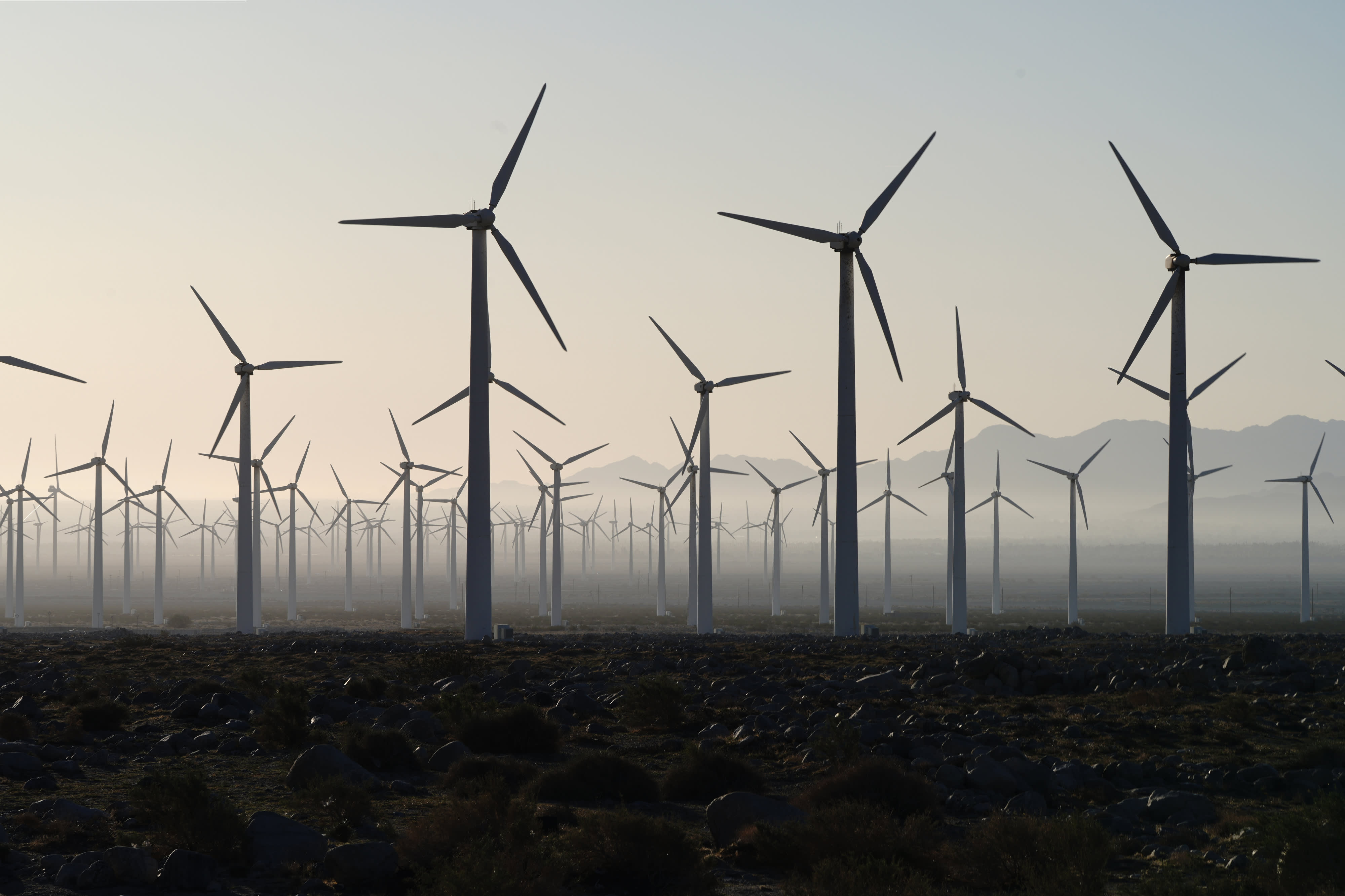Solar installations will triple by 2027 thanks to climate bill, report predicts
The U.S. solar market will nearly triple over the next five years, after President Joe Biden signed the largest climate bill in U.S. history into law, according to a new report from the Solar Energy Industries Association and Wood Mackenzie.
The report, released Thursday, projects the U.S. market growing 40% more than prior forecasts through 2027 on the heels of the supportive legislation.
related investing news
“The Inflation Reduction Act has given the solar industry the most long-term certainty it has ever had,” Michelle Davis, principal analyst at Wood Mackenzie, said in a statement.
“Ten years of investment tax credits stands in stark contrast to the one-, two-, or five-year extensions that the industry has experienced in the last decade. It’s not an overstatement to say that the IRA will lead to a new era for the U.S. solar industry,” she added.
The report pegs total solar installations across market segments growing from 129 gigawatts (GW) today to 336 GW over the next five years.
But in the near term, the report said issues plaguing the industry, including supply chain delays, will continue to curtail growth.
During the second quarter of 2022 the industry installed 4.6 GW of new solar, down 12% year over year, but up 12% from the first quarter. For the full-year estimates now stand at 15.7 GW added, which would be the lowest annual total since 2019.
The report attributed much of the recent slowdown to the Department of Commerce’s anti-dumping and countervailing duty investigation on solar imports from Cambodia, Malaysia, Thailand and Vietnam. In June the White House paused new solar tariffs for two years, but the months of uncertainty stalled new solar installations as developers waited for clarity on future policies.
“Across the solar industry, second quarter volumes would have been higher if not for supply chain constraints and the industry-wide slowdown from March through June, caused by the initiation of the anticircumvention investigation,” the report said.
Utility-scale solar was the most impacted, with second-quarter installations falling 25% year over year. Still, the 2.7GW of new capacity was up 17% compared to the first quarter. For the full year Wood Mackenzie forecasts utility-scale solar seeing its weakest year since 2018.
One bright spot during the second quarter was residential solar. The segment set its fifth quarterly record, with 1.36 GW installed. The number, which is a 37% increase year over year, represents about 180,000 new customers.
The growth comes amid more frequent grid outages. California has asked residents to cut use as record temperatures drive power demand to new highs. Extreme weather events driven by climate change have also plagued the grid. Power prices are also jumping on the heels of rising commodity prices, which is prompting consumers to turn to solar power.





